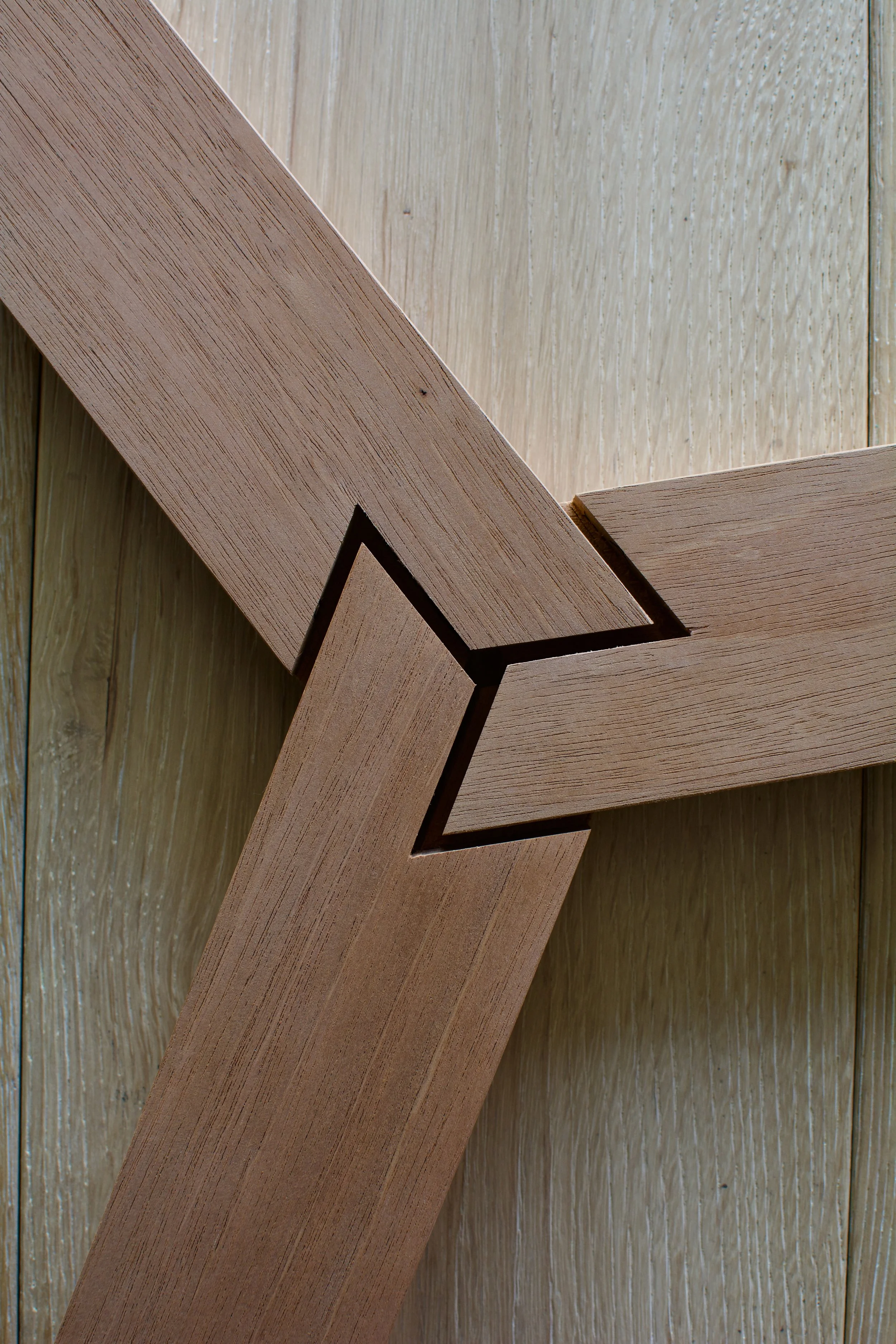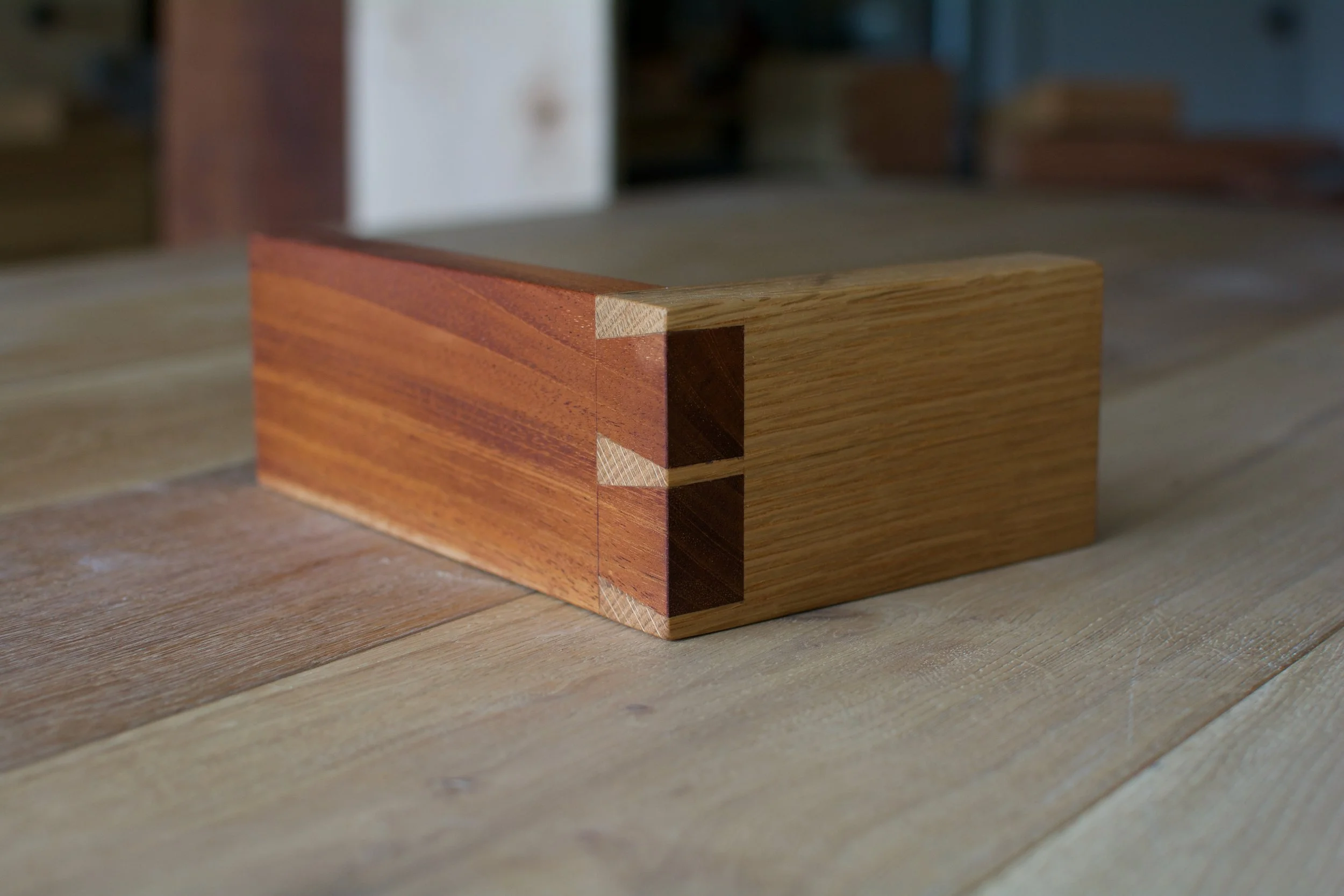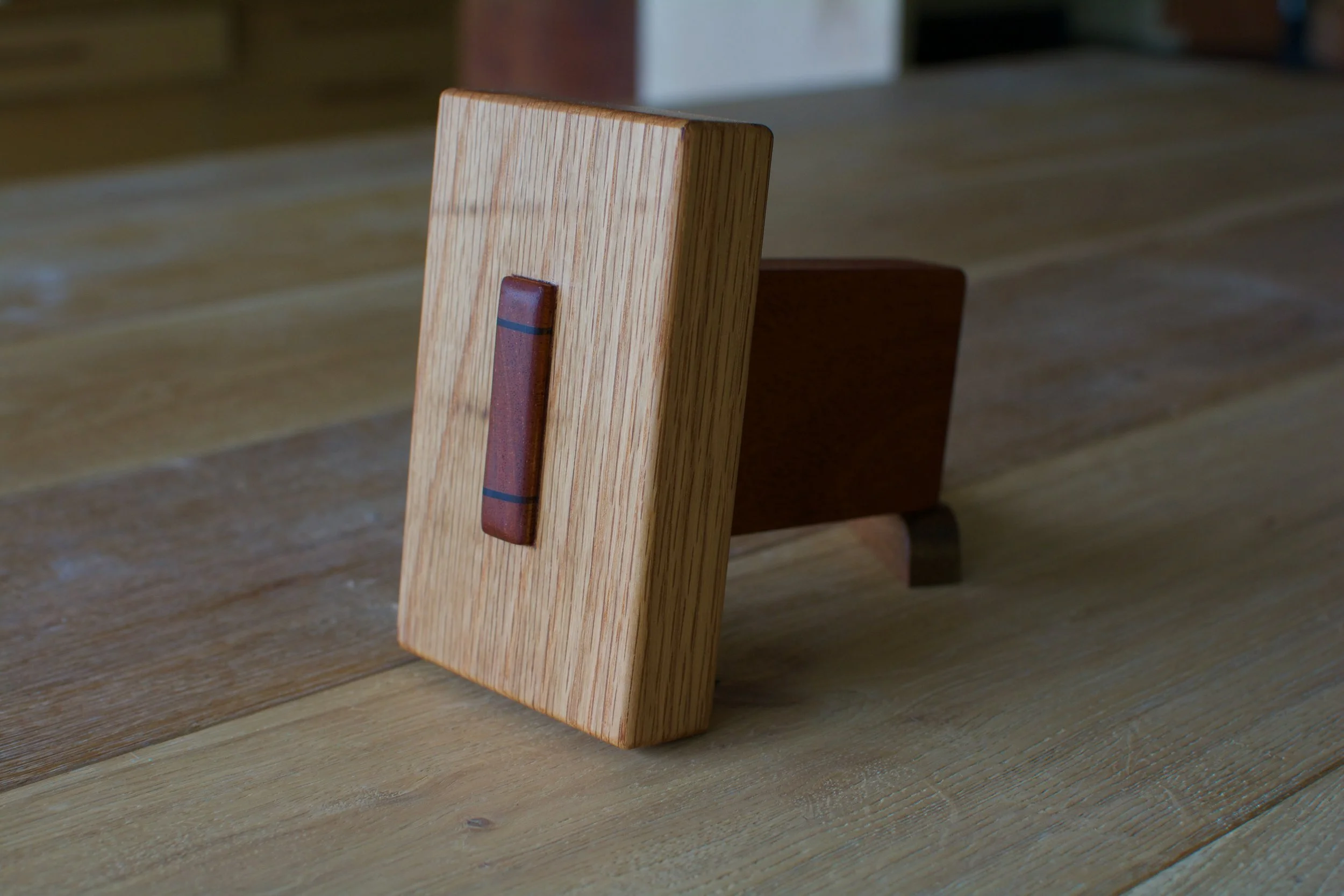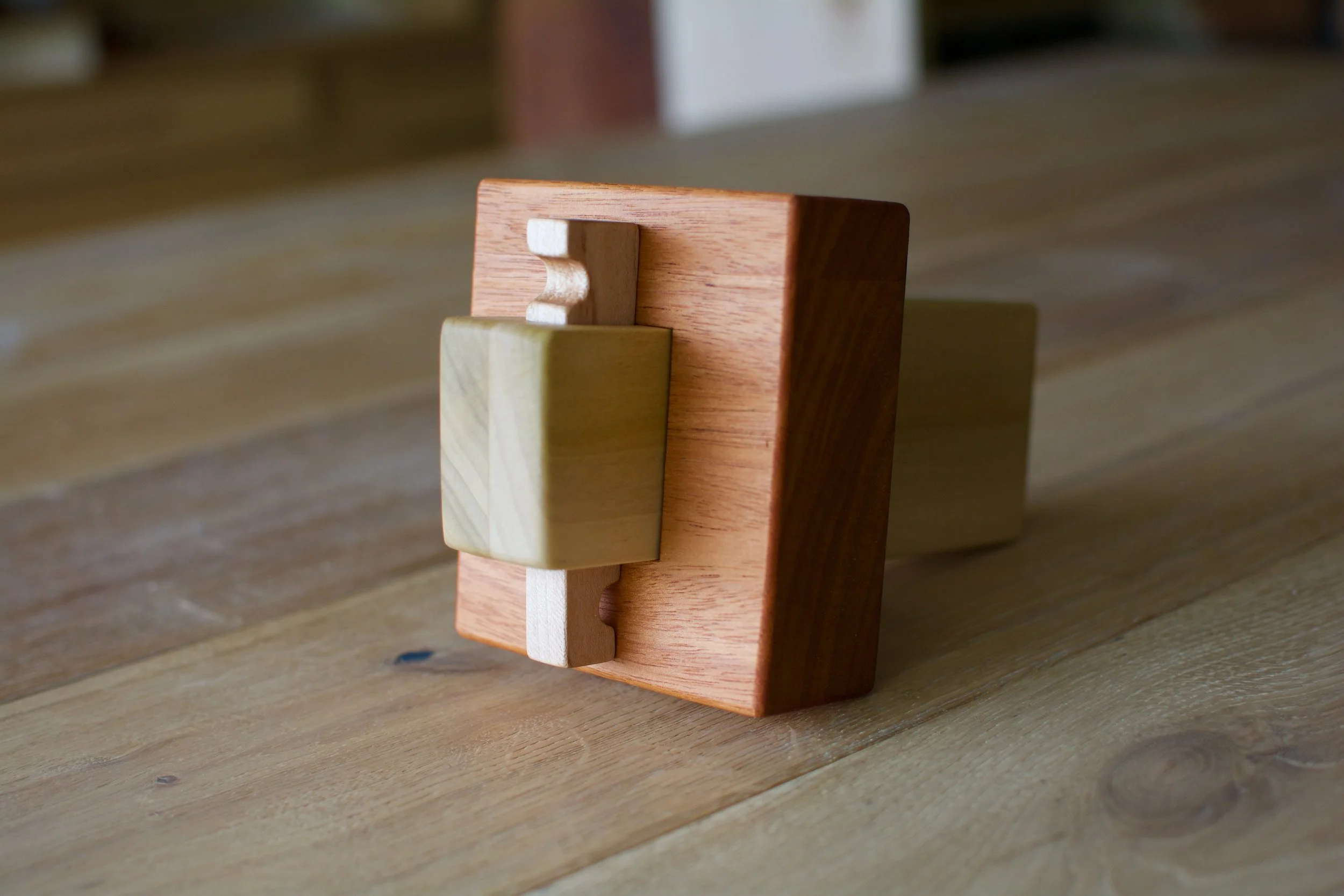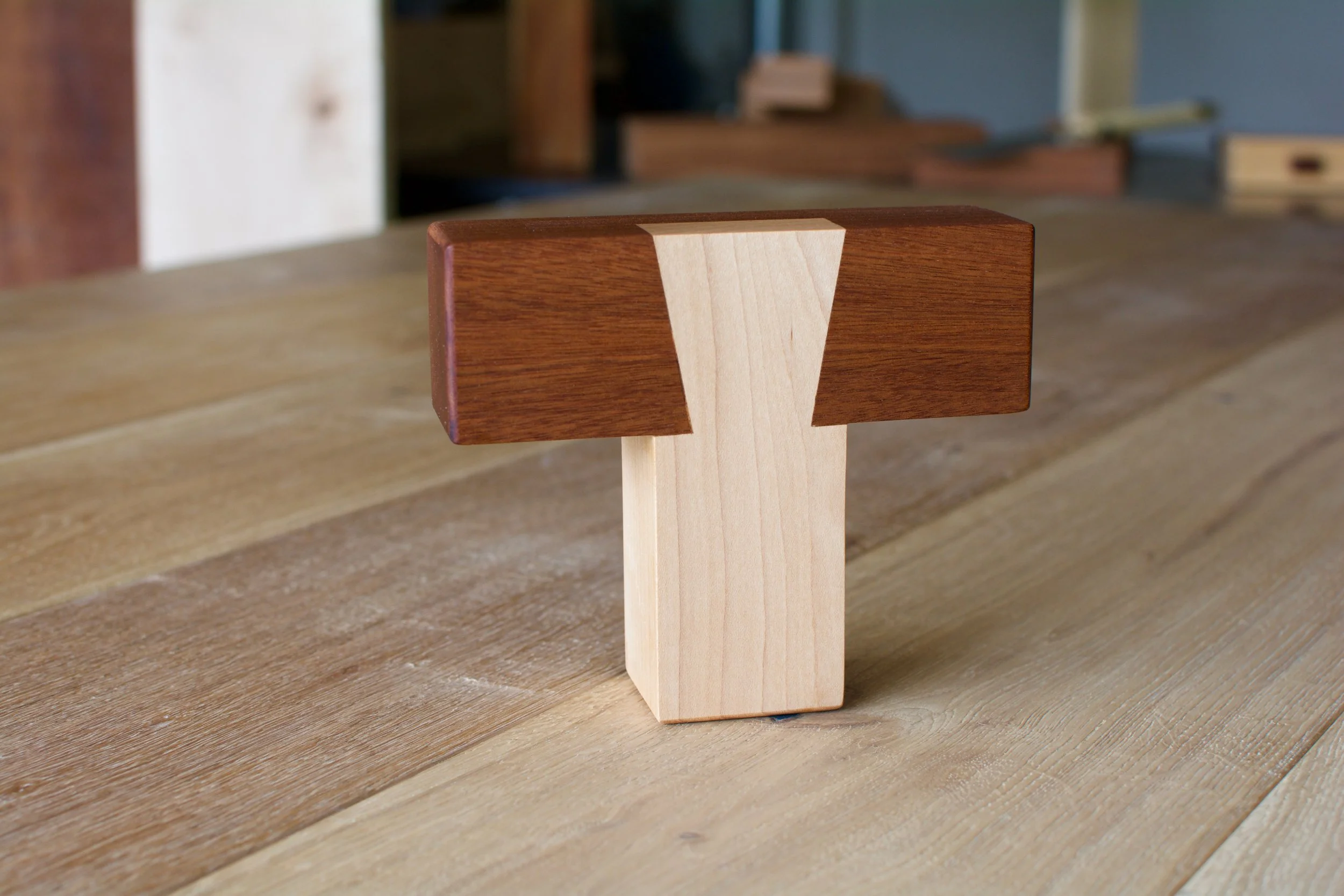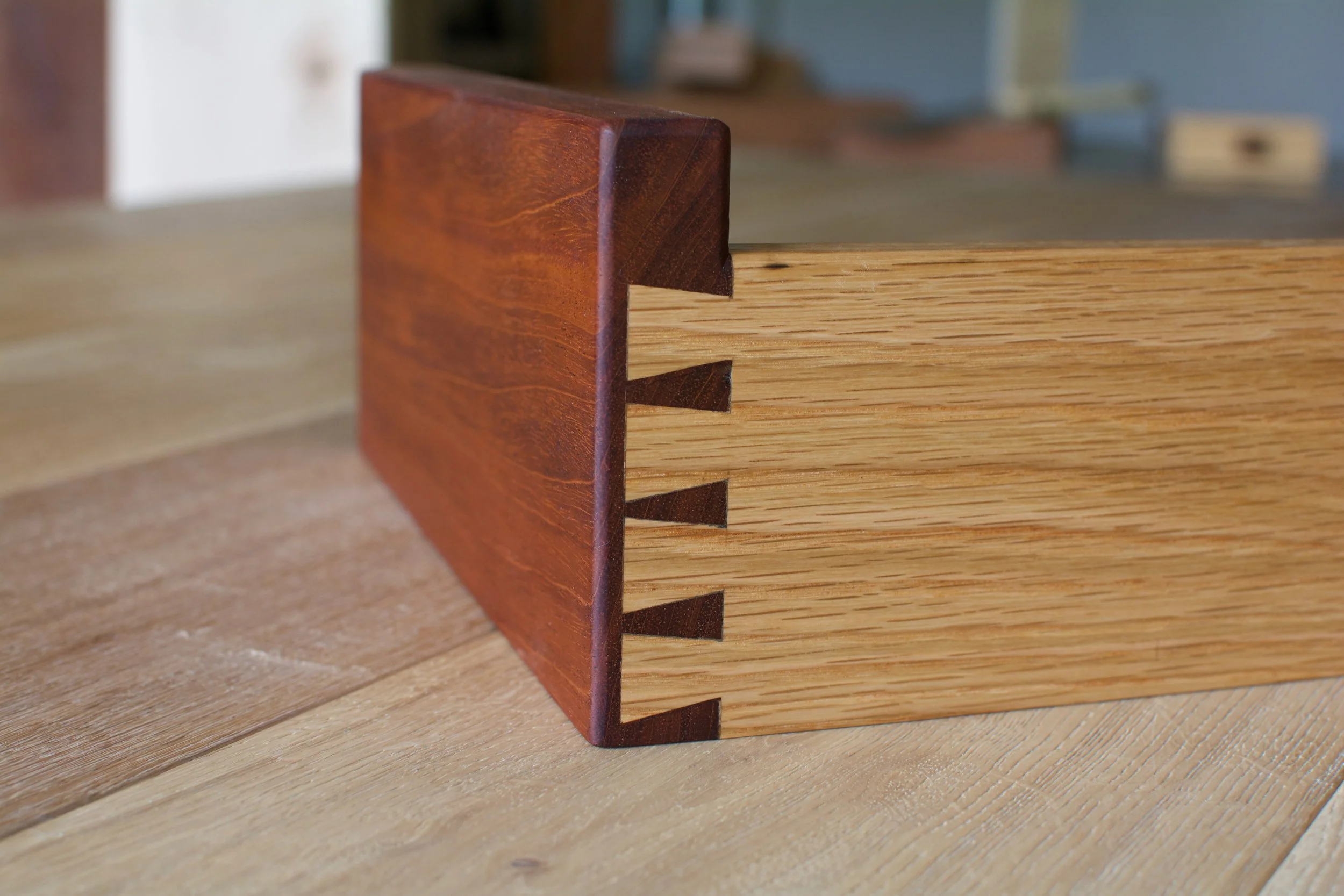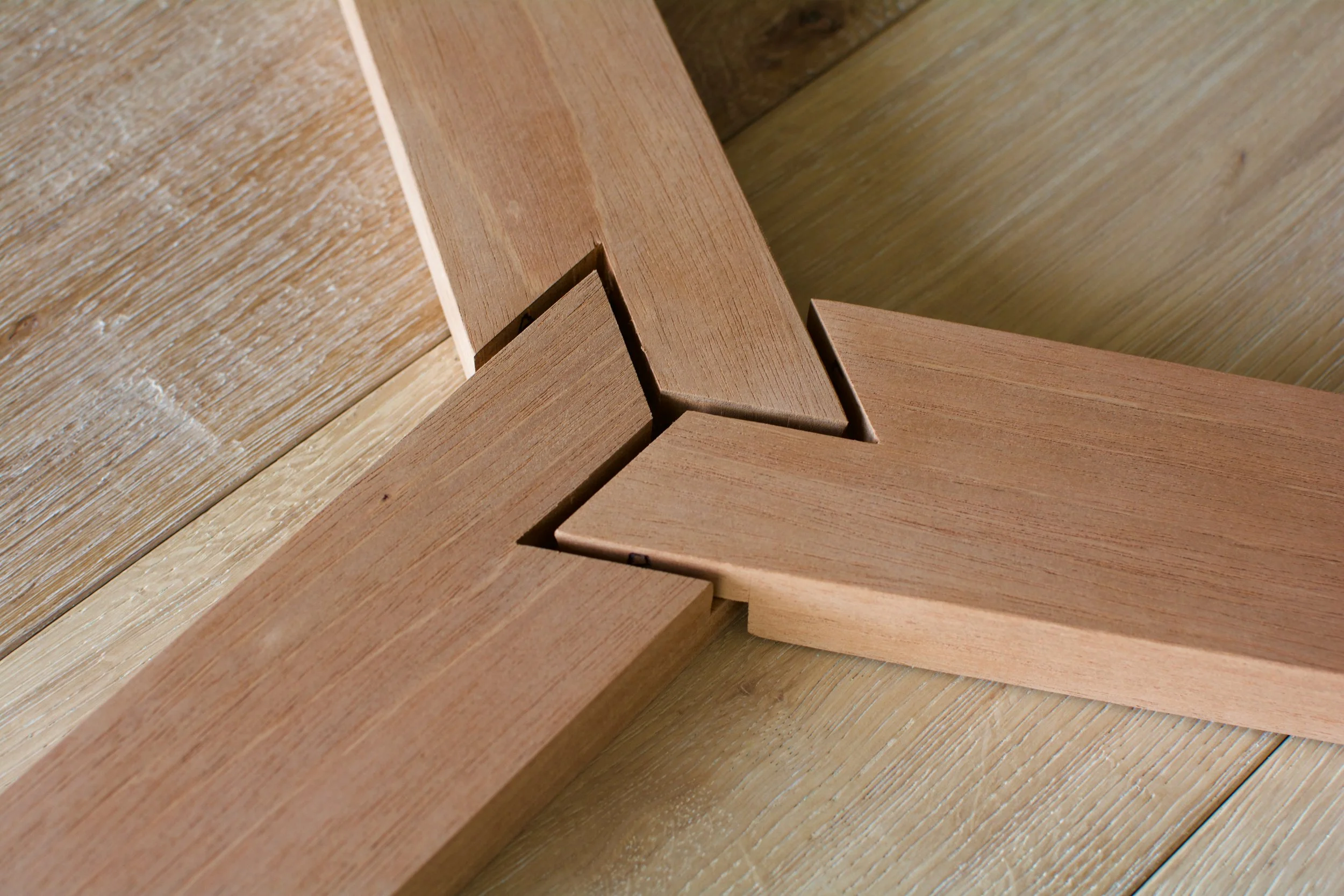Evolved from Necessity
When done well, wood joinery can blur the lines between functionality and art. While it didn’t begin with much artistic thought, the practice of joining two pieces of wood evolved out of necessity. For thousands of years, it has been a mainstay for civilizations globally in structures large and small. Ancient carpenters used joinery to create humble tables for peasants and ornate furnishings for royalty. Some Asian countries, like China and Japan, are renowned for their mastery of the practice celebrated in temples, dwellings and gardens. The extreme complexity seen and unseen reflects the dedication and devotion of these craftsmen.
Since the industrial revolution, machines have ruled the woodworking sphere. Joinery was still important, but if it could be done by machine it often was; machine accuracy would outperform hand work and save time. However, certain joinery cannot be done by machines alone. At scale, furniture design largely incorporated machine-only joinery. The furniture industry today, sadly, is flooded with cheaply made disposable products that lack character and substance. Timeless furniture is rarely mass-produced. What is gained in cost and efficiency is lost in quality and beauty. We think every quality piece of furniture requires good joinery. It doesn't need to be ornate for its own sake; rather we feel that joinery should quietly point to the natural elements of the wood itself.
Below are a few examples of wood joints commonly used in furniture making. It is in no way a comprehensive list—more a basic guide to show what joinery you may like to see on your next custom build.
